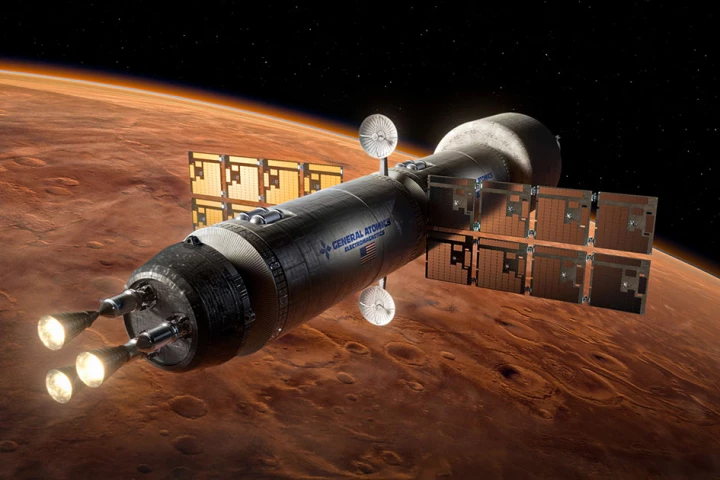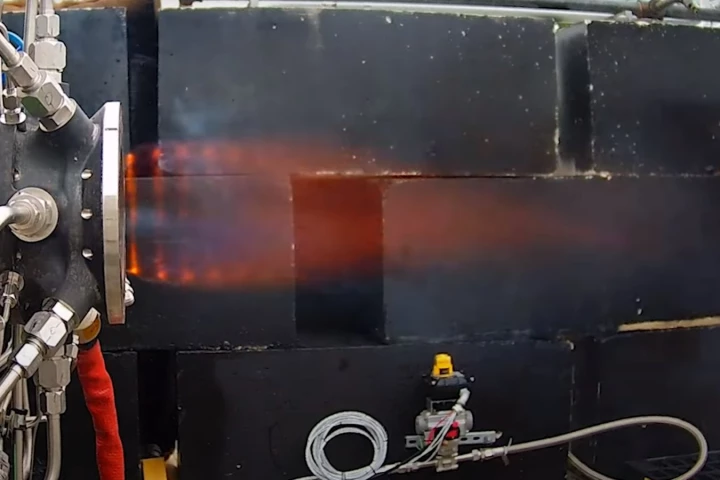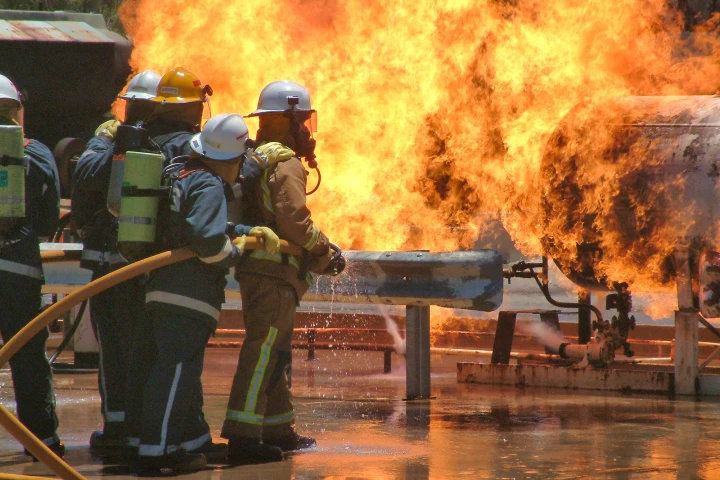Fuel
-
Twenty-one-year-old backyard scientist Julian Brown nukes plastic trash in a homemade microwave pyrolysis reactor, turning bags and bottles into a chunky sludge he refines into a gasoline alternative he calls "plastoline."
-
Moving toward an operational molten salt nuclear reactor in the next decade, Southern Company and the Idaho National Laboratory have completed the inaugural run of a first-of-its-kind test bed to foster rapid development of the technology.
-
The Idaho National Laboratory (INL) has cleared a major hurdle in making a Generation IV nuclear reactor practical. Using a new process, a team has developed a new way of processing fuel efficiently for cutting-edge molten salt reactors.
-
General Atomics Electromagnetic Systems (GA-EMS) has successfully tested the nuclear fuel that may one day propel and power the spacecraft of the future. The trials verify that the fuel can survive the harsh environment of a nuclear rocket reactor.
-
We saw the world’s first CNG motorcycle in the Bajaj Freedom 125 last year. Now, we see the tech carried over to the world’s first CNG scooter. The TVS Jupiter CNG comes with 2-liter gas tank and a 1.4-kg CNG cylinder, good for a 140-mile range.
-
A fascinating new type of motorcycle has finally hit the road. The Bajaj Freedom 125 sells for less than US$1,150, and it's the first bike to offer a 2-kg Compressed Natural Gas (CNG) tank alongside a 2-liter petrol tank for cheaper, cleaner riding.
-
A revolutionary alternative to conventional rockets that uses controlled explosions has completed its first long-duration engine test as part of Venus Aerospace's partnership with DARPA to develop a Rotating Detonation Rocket Engine.
-
A simple, cheap pretreatment promises to radically cut the price of sustainable aviation fuel (SAF) made from waste wood biomass – potentially making it cost-competitive with fossil-based jet fuel, while cutting down emissions by up to 80%.
-
In a topsy-turvy bit of military aviation, the US Air Force used a C-5M Super Galaxy heavy transport to refuel a KC-10 Extender refueling tanker aircraft, pumping fuel backwards up the boom from transport to tanker instead of the other way around.
-
Airbus innovation division UpNext is testing its next-gen autonomous systems for air-to-air in-flight refueling, which could be a revolutionary leap forward for a variety of military and civil aircraft, safely extending range and endurance.
-
Since the 1960s, scientists have been turning to an unlikely harvesting ground for uranium: the world's oceans. Now, researchers have moved the prospect of sea-based uranium harvesting another step forward by using a cheap and easy-to-make material.
-
As any car-chase action movie will tell you, the gasoline used in our vehicles is flammable, explosive stuff. Scientists have created a new combustible fuel, however, which stays safely non-flammable for transport and storage.
Load More











